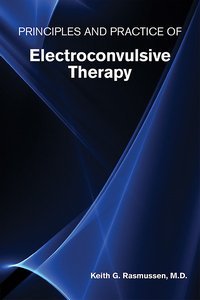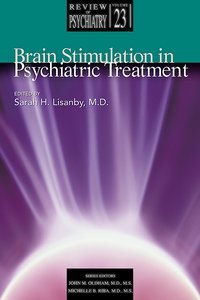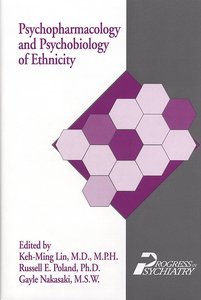Principles and Practice of Electroconvulsive Therapy
View Pricing
Description
Even with the rise of newer neuropsychiatric brain stimulation methods, electroconvulsive therapy (ECT) remains a widely used treatment for severe mental illness—and perhaps the most effective for serious mental illness. Optimal treatment requires that psychiatrists be skilled in diagnosis and familiar with the techniques of treatment.
That's where Principles and Practice of Electroconvulsive Therapy comes in. With its up-to-date, comprehensive coverage of all aspects of ECT, this is an unrivaled resource for psychiatrists, whether in practice or still in training, striving for maximum treatment efficacy.
The book begins with an overview of what ECT is and how it is carried out, followed by a brief history of the therapy, from its earliest applications to its use in modern times. The guide follows the typical course of treatment, discussing the following:
- Understanding the indications for ECT and selecting patients who might benefit from this therapy—whether they suffer from depression, mania, schizophrenia, or catatonia
- Educating patients and their families on ECT and obtaining patient consent
- Conducting a pretreatment medical evaluation and understanding the role of anesthesia
- Managing an individual ECT treatment, including choosing the electrical stimulus dose and parameter combination, delivering the electrical stimulus, assisting with recovery problems, etc.
- Overseeing the course of treatments, particularly for practitioners not personally conducting the treatments
- Managing patients after a course of treatments and preventing relapse
- Assessing and managing the memory side effects of ECT
The final chapter examines other neuropsychiatric stimulation therapies in relation to ECT and explains how to choose among them. All chapters conclude with easily referenced key points that summarize the most salient ideas. Readers seeking to further educate themselves on ECT will also benefit from the exhaustive reference list.
Though particularly useful for psychiatrists and psychiatric residents, Principles and Practice of Electroconvulsive Therapy, with its straightforward style, is a ready resource for any mental health or medical professionals interested in ECT.
Contents
- Chapter 1. Introduction to ECT
- Chapter 2. Patient Selection for ECT
- Chapter 3. Patient Education and Informed Consent for ECT
- Chapter 4. The Pre-ECT Medical Workup
- Chapter 5. Anesthesia for ECT
- Chapter 6. ECT Technique, Part I: Managing the Individual Treatment
- Chapter 7. ECT Technique, Part II: Managing the Course of Treatments
- Chapter 8. Preventing Relapse after ECT: Maintenance ECT and Pharmacotherapy
- Chapter 9. Cognitive Effects of ECT
- Chapter 10. ECT Versus Other Neuropsychiatric Treatments
- References
- Index
About the Authors
Keith G. Rasmussen, M.D., is Professor in the Department of Psychiatry and Psychology at the Mayo Clinic in Rochester, Minnesota.
Related Products
Carousel Control - items will scroll by tabbing through them, otherwise arrows can be used to scroll one item at a time






